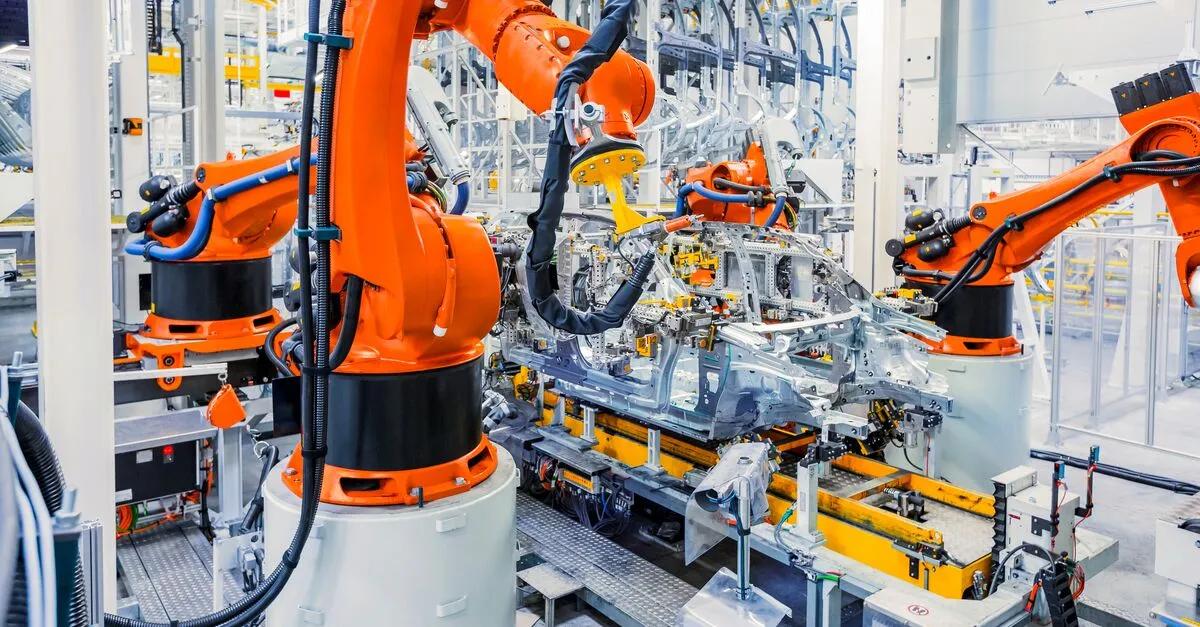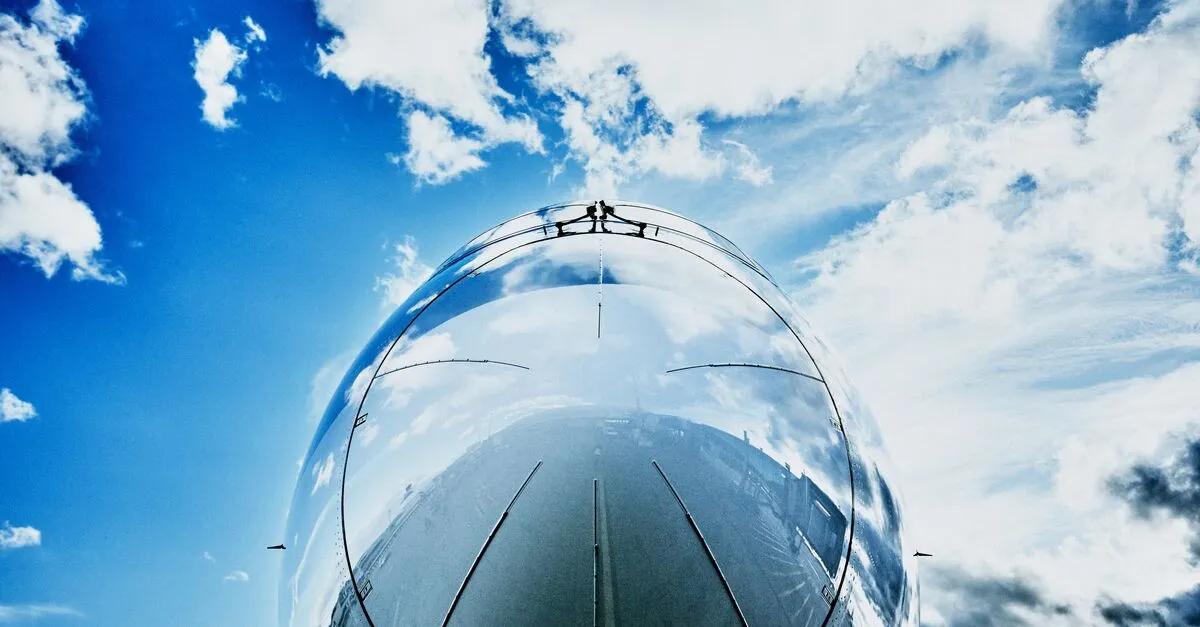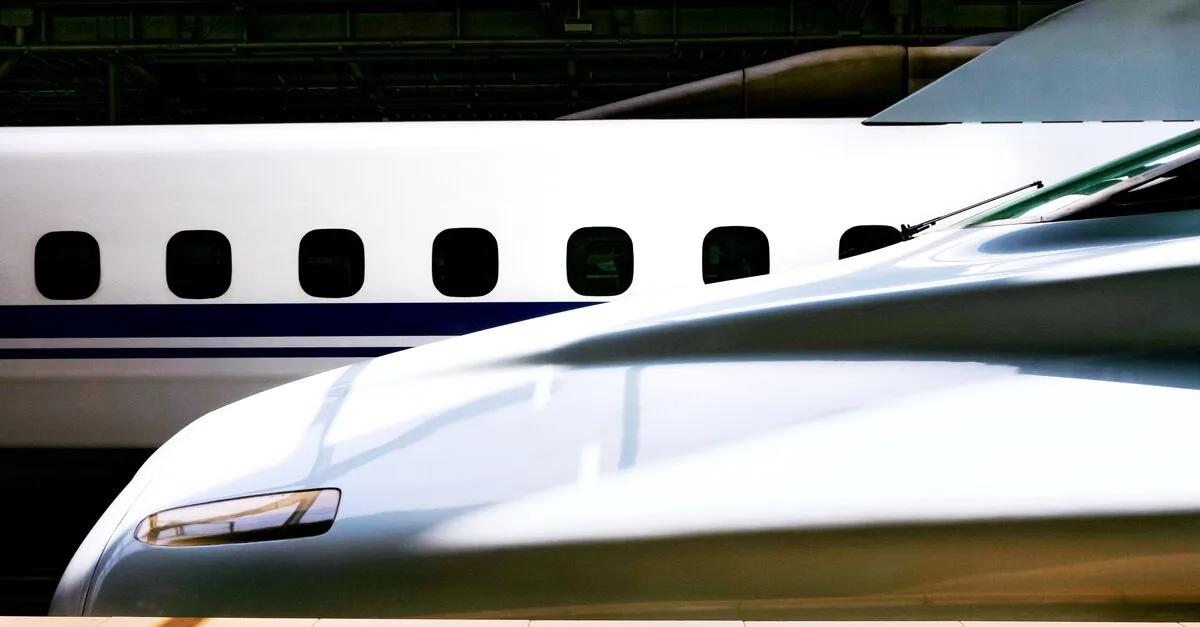
When challenges and opportunities meet: The transport and logistics sector
19 April 2023
Reading time: 4 min
Despite a long series of crises over the last years, the eurozone economy has shown remarkable resilience, even avoiding the broadly predicted winter recession. Looking ahead, the economy still faces several important challenges: the war in Ukraine is still ongoing, energy transition towards more energy independence and renewables, current and possibly new geopolitical tensions, changes to global supply chains, demographics and, last but not least, the impact of the most aggressive monetary policy tightening since the start of the monetary union. Another long list of challenges, both structural and cyclical, which both offer opportunities but also pose risks. Challenges, in which the transport and logistics sector will play an important role.
Carsten Brzeski
Chief economist
As regards cyclical developments, headline inflation has started to come down on the back of lower energy prices. However, the pass-through of last year’s surge in energy and commodity prices to services and consumers doesn’t seem to be over yet. Together with expected wage increases, core inflation will remain stubbornly high, at least this year. As a result, private consumption looks set to stagnate. For the ECB, the fact that what started off as a supply-side driven inflation problem has increasingly become a demand-driven inflation problem. Consequently, and despite recent stress in the banking sector, the ECB is likely to increase interest rates, probably by a total of 0.5% by the summer. The most aggressive monetary policy tightening since the start of the monetary union will leave marks on the real economy. Demand for home mortgages has already started to drop and traditionally demand for corporate loans follows with a lag. A lag that should become more visible over the course of the year.
Besides cyclical developments, the eurozone economy is currently facing several structural challenges. The war in Ukraine has been another accelerator of energy transition towards more energy independence and renewables. The war in Ukraine has also been a reminder that global supply chains are likely to change further and that we have probably seen peak globalization. As a consequence, trade flows, logistics and supply chain processes are likely to change structurally. The competition for resources and market shares will become fiercer. European governments have reacted with new investment initiatives, just think of infrastructure investments, LNG terminals or the Chips Act. These transitions are not new, and they will continue shaping the European economy over the coming years. Transitions that will also affect the transport and logistics sectors.
The Transport and Logistics sector is a sector with demonstrated resilience and an ability to adapt to change. Let’s take a quick look into the challenges the respective T&L sub-sectors covered by ING:
Automotive

The entire automotive sector is undergoing its largest transformation since the invention of the car. Alone the energy transition, resulting in the electrification of most global vehicle markets, will require a shift of established business models, a redesign of the entire automotive value chain and substantial investments. There are feasible technological solutions to substitute the emissions-intensive state-of-the-art. Hence, market participants have been committed to ramp-up the global electric vehicle market. A large fraction of the capital demand arises especially from the scale-up of battery production and built-out of an electric vehicle charging infrastructure.
Aviation

We saw the global Aviation sector going through a prolonged, unprecedented crisis as a result of travel restrictions during the Corona pandemic. Yet, with rigorous cost reductions, agility and strong access to liquidity, this global sector is now well underway on a recovery trajectory never observed before. As airlines globally are returning to profitability, their business models are likely adjusted to be more robust than before, the all-important question of transitioning to a more sustainable future returns to the forefront again.
Land transport

Rail transport is the most energy efficient and least carbon intensive way to move freight over land. The IEA’s Net Zero by 2050 (NZE) scenario indicates that globally, a 30% increase in rail activity is needed by 2050 in order for the world to stay on a 1.5 degree aligned pathway. Rail freight is at the forefront of the EU’s sustainability objectives. This will require large investments in infrastructure and rolling stock as well as policy changes within Europe. Together with our clients and peers, ING is looking for solutions to bring rail freight to net zero emissions.
Shipping
With c. 80% of global trade being seaborne and c. 3% of global emissions produced, maritime transportation is considered the most carbon-efficient way of transporting goods. There is however pressure on the shipping industry to reduce fuel consumption and for ship owners to be more transparent in their ESG reporting. Besides maritime regulatory bodies, financiers play an important role in holding the industry to account and encouraging sustainability notably through the Poseidon Principles, the framework for sustainable ship finance, of which ING is a founding member. The main challenge for the industry is the development of cleaner fuels which does not come without its own obstacles.
In the coming weeks, you will find out more about the challenges at hand and, above all, what solutions are being presented for them. So, stay tuned for our series of articles on the Transport and Logistics sector!
Do you have any questions or comments?
Well, then talk directly to one of our experts!